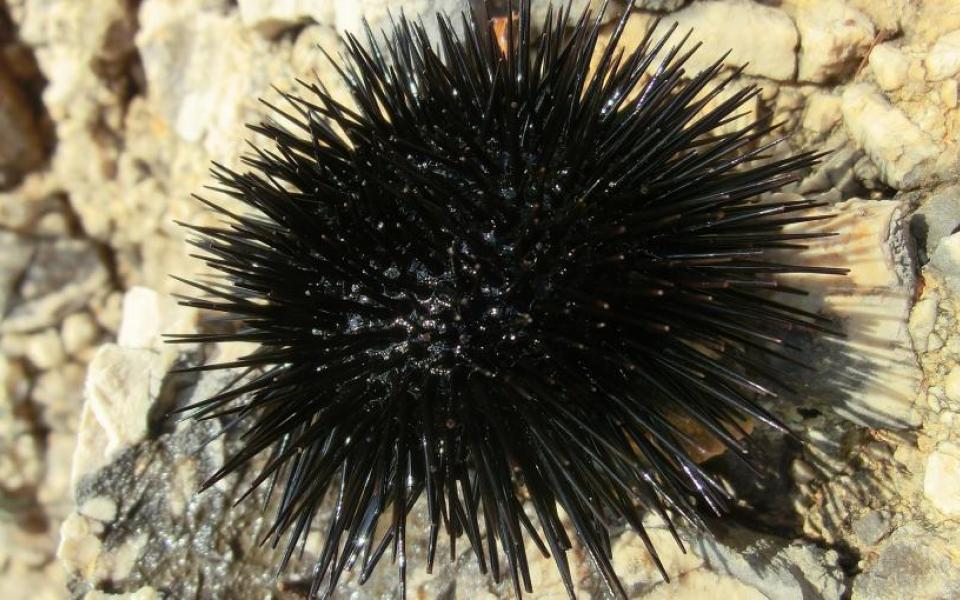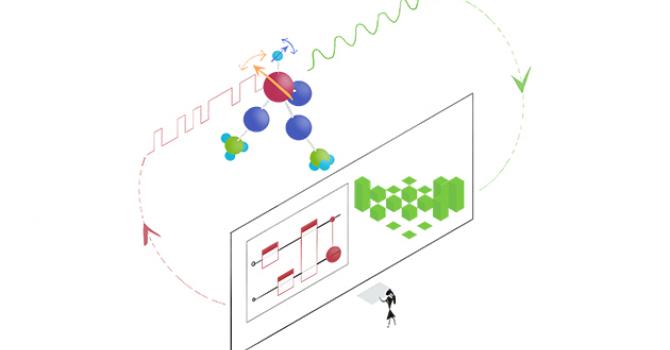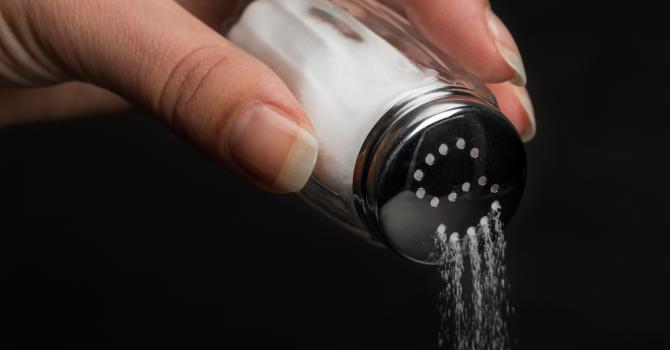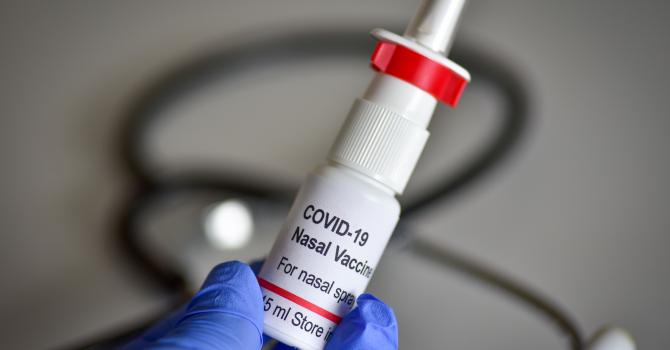Under the Sea: Rich marine biodiversity in Hong Kong
How much do you know about the aquatic residents of Hong Kong? Karen Chan, Assistant Professor of Division of Life Science, explains the importance of marine conservation for Hong Kong.
By Karen Chan, Assistant Professor, Division of Life Science, HKUST
Hong Kong is usually viewed as an international financial hub, but is that all for our city? With the recent debates on land development, one may now be aware that 40% of our land is designated as Country Park. What about the other substantial portion of the Hong Kong territories, namely the 1300 km2 water that surrounds our 1100 km2 of land? Other than the charismatic Chinese White Dolphins, how much do we know about the aquatic residents of this city?
For instance, 84 species of reef-forming corals are found in Hong Kong—rivaling the total number found in the Caribbean. But how many of us can name, let alone have encountered, one of these organisms in the natural environment?
Indeed, understanding what is in our waters—as broad and elementary as it may sound—is a required step if our city is to take sustainable development seriously. Hong Kong’s waters, as a confluence of the open ocean and the Pearl River, have a wide variety of marine species, many of which are still undescribed or unknown. Marine organisms often have complex life histories—adults releases their gametes into the water and their “babies” (larvae) drift with ocean currents. Once we can identify these larvae in our waters, we can gain a better understanding of these species and, ultimately, draw up a better plan for conservation. Such an attempt is similar to conducting census in humans: understanding the rates of birth, death, immigration, and emigration are essential for formulating policies. Creating a baseline picture, that is, a starting point of what is in our waters, enable us to address challenging questions such as: how do different infrastructure or sea reclamation affect the marine biodiversity in Hong Kong? Which species are more vulnerable? How do we prioritize our conservation effort as our city expands? Getting a blueprint of Hong Kong’s current marine biosystem would certainly help to answer these pressing questions.
In our lab at HKUST, we explore Hong Kong’s surrounding waters. In every trip, we are excited by what we find, and we are humbled by how little we know. As Senegalese environmentalist Baba Dioum said, “in the end, we will conserve only what we love; we will love only what we understand.” Don’t hesitate, seize the next opportunity to go explore the wild side of this city.






